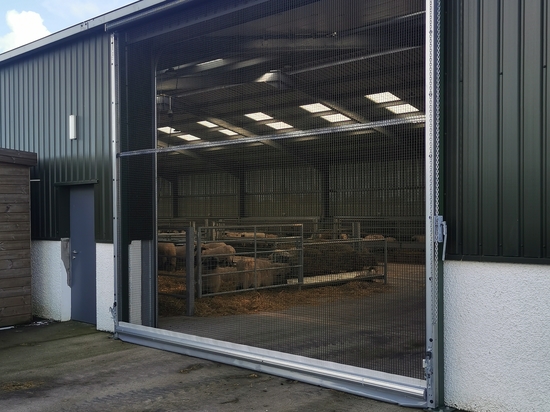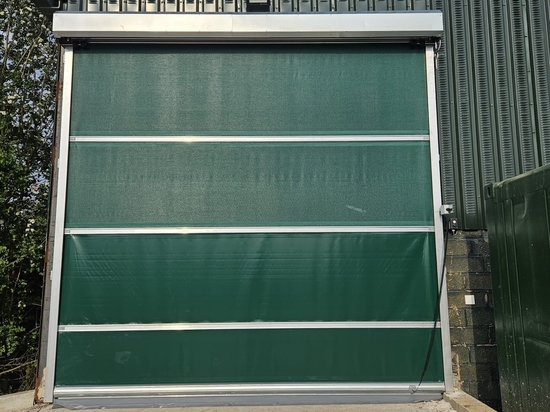
#Farm Machinery & Equipment
What does optimal calf shed ventilation look like?
Ventilation in calf sheds should provide each calf with the same amount of fresh air without any draught exposure.
A regular supply of clean air is crucial to maintain calf health and reduce the risk of respiratory diseases.
Clean air should come from outside, either naturally or with mechanical help, circulate once and then be pushed out by the continuous flow of incoming air. Smoke bombs can be used to assess how quickly air is changed in a building, ideally the smoke should clear in two to three minutes.
A fan system can effectively bring air into a calf shed, but fans alone will not achieve an even distribution of air. This can result in calves bunching together close to the fans, while the air further away from the fans becomes warm, damp and still. Cobwebs, condensation drips, wet bedding and stale smelling air are all signs of poor ventilation in calf housing. These conditions can increase the risk of respiratory disease like pneumonia.
How to create a flow of fresh air
Tube systems can effectively ventilate an entire calf shed. To achieve optimal ventilation, they should be designed specifically for the shed they are to be fitted in, taking into account shed dimensions, expected stocking density and age of calves. There are several factors which a good supplier of tubes will consider when designing tube systems to suit your set-up.
1. Determine the number of tubes required
The number of tubes required to provide effective ventilation depends on the shed dimensions. One tube system can ventilate a width of approximately 7.5m to 9m, so in wider calf sheds it’s preferable to install two or more systems. When multiple tube systems are used, they should have a combined fan capacity of at least four air changes per hour to ensure optimal air flow.
The air delivered through the tubes must be clean air from outdoors. Basic tube systems need to be supplemented with extra ventilation in moderate to hot weather to keep conditions cool inside the shed.
2. Calculate tube width
The width of the tube matters in a calf shed ventilation system as it determines the evenness of air distribution and speed of air flow.
A tube which is too narrow will cause uneven distribution, with calves at one end receiving almost no fresh air, while those at the other are exposed to a chilling draught.
The tube should be wide enough to carry the air from the fan at a speed less than 366m per minute. The speed of air flow can be calculated by dividing fan capacity by the cross-sectional area of the tube.
3. Work out the optimal location of holes
The right size and location of holes in the tube will ensure air reaches each calf without creating a draught.
Traditional tube systems have just a couple of rows of holes, but tailored designs such as VentTube Fresh can incorporate multiple holes of different diameters, with wider holes throwing air further to the side to create an ideal air flow within a calf shed.
The Galebreaker team can work out the optimal number and location of holes by calculating the throw distance, which is determined by the diameter of the hole and the static pressure in the tube. Ideally still air conditions should be achieved four feet above the resting surface of calves.
Why invest in youngstock?
Investing in youngstock can pay dividends over time, as providing optimal ventilation within calf sheds can help prevent diseases such as pneumonia. This has an impact on long-term profitability, as pneumonia infection in calves can cause lasting lung damage, affecting growth rates and performance.
To find out more about tailored ventilation solutions for calf sheds contact our team to arrange a ventilation assessment.





